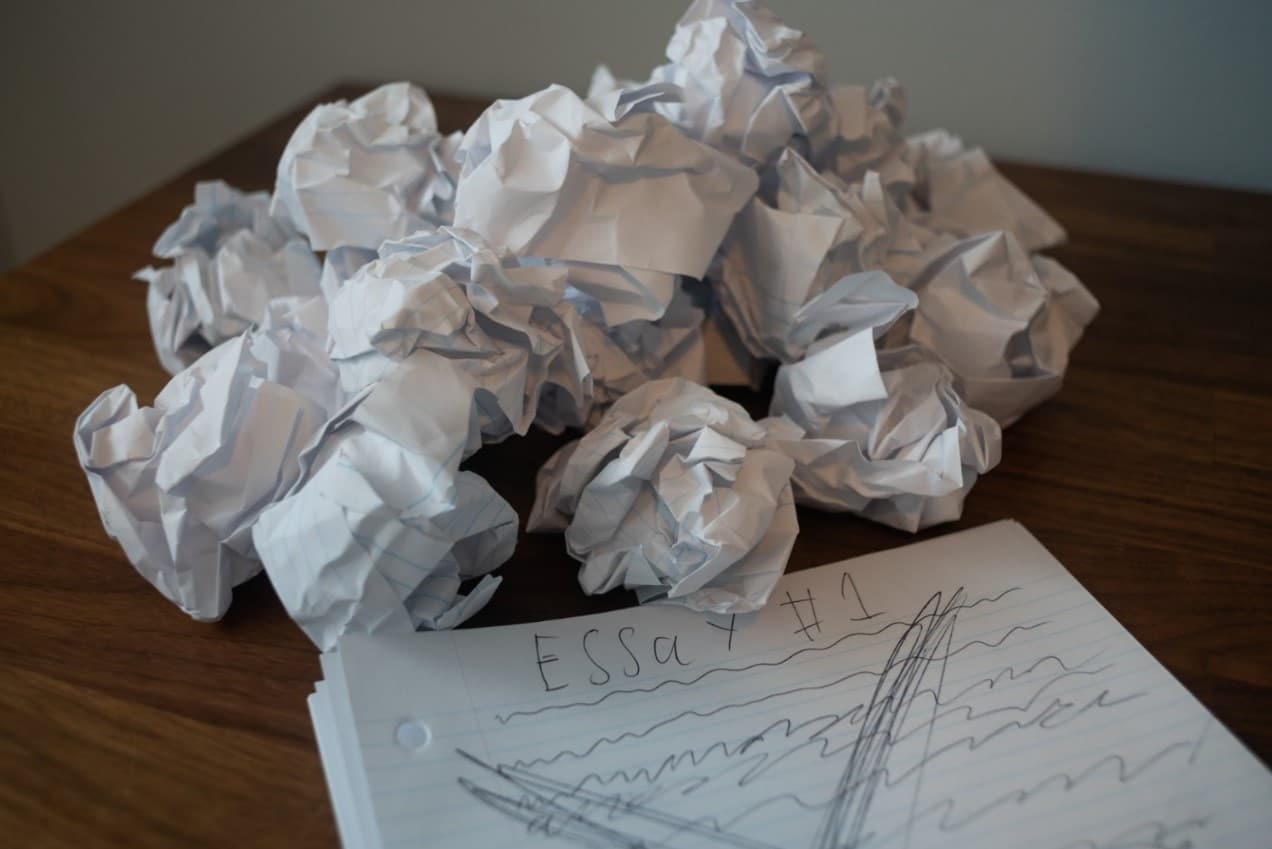Top 100 Good Exemplification Essay Topics for 2024
Students must perform different creative works. It’s very momentous for them. The essay with examples is a good way of developing the creative thinking of students. Properly chosen topic of the essay, corresponding to the level of training and knowledge of the learner, his interests and hobbies contributes to a…










